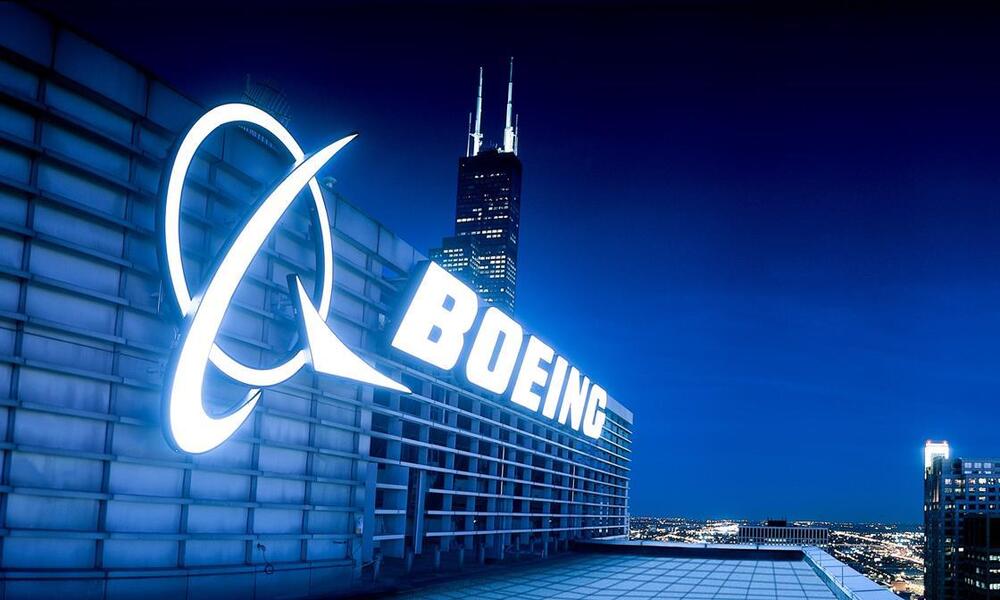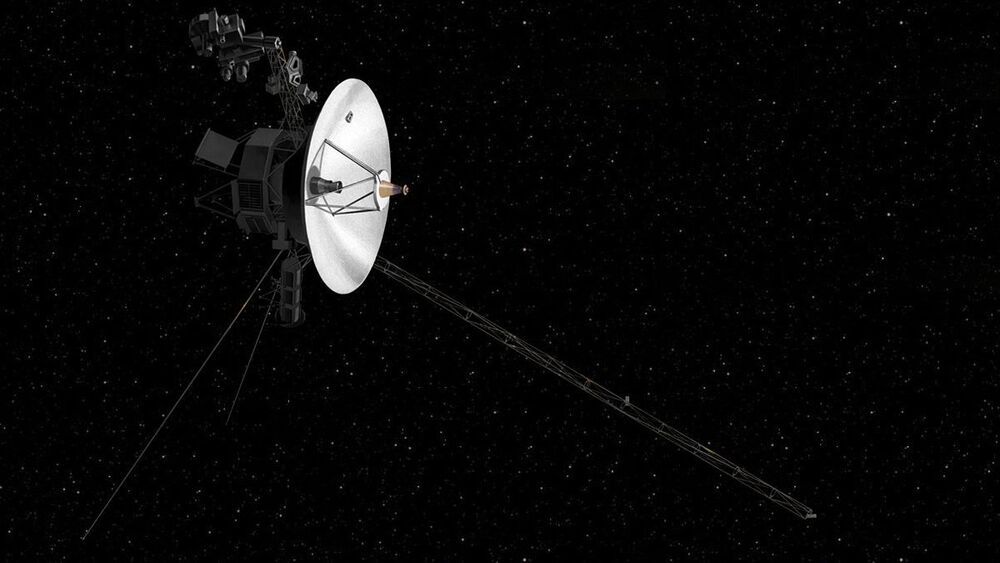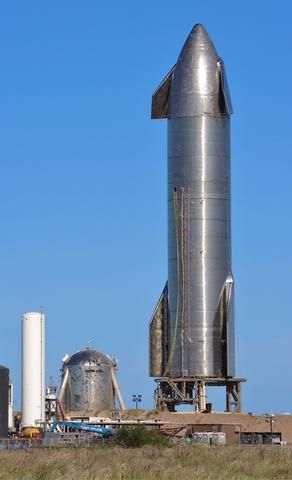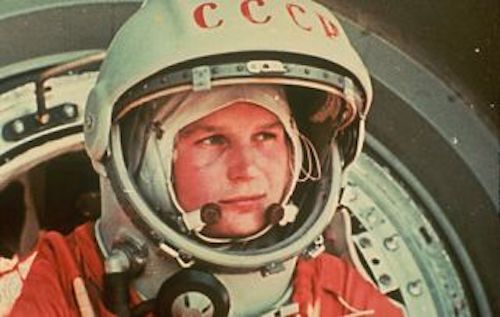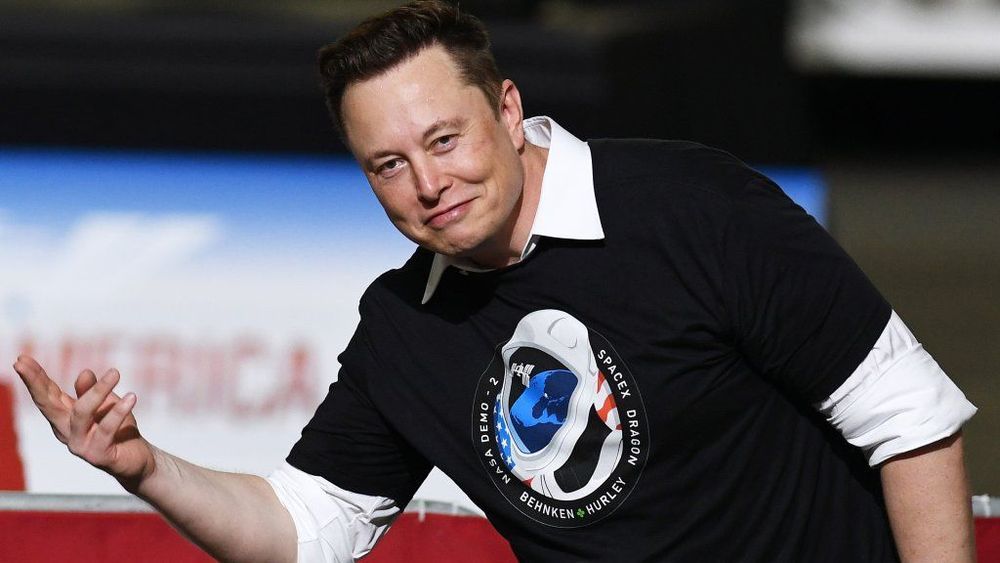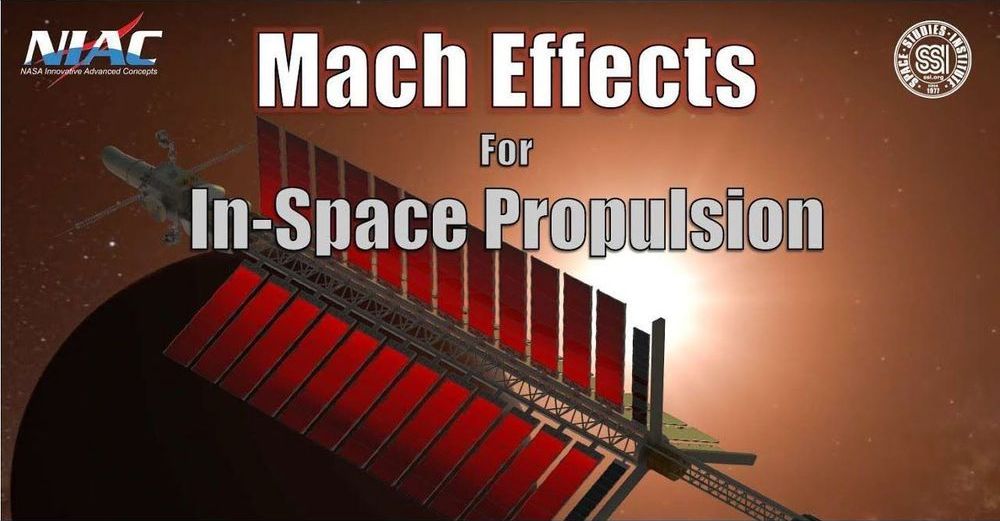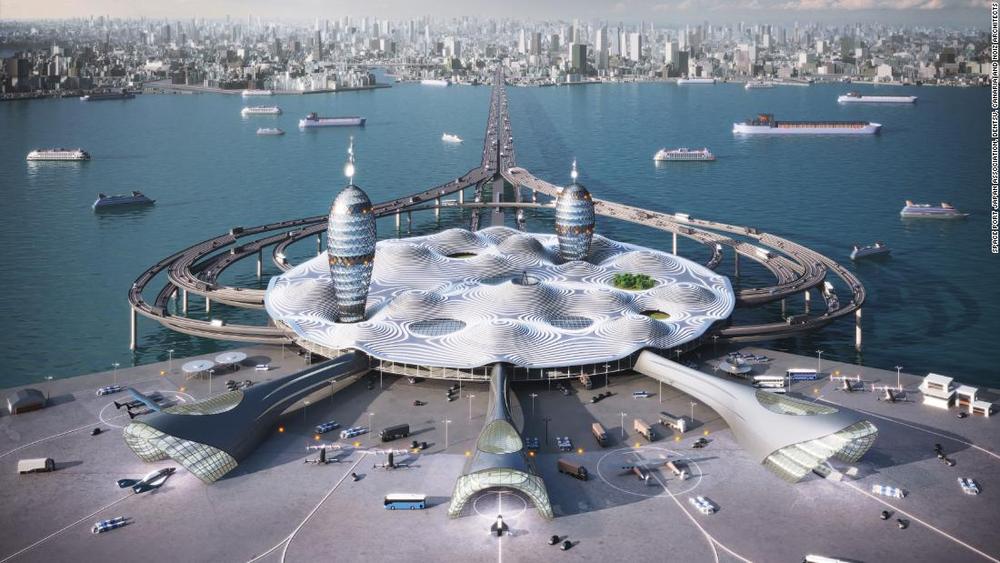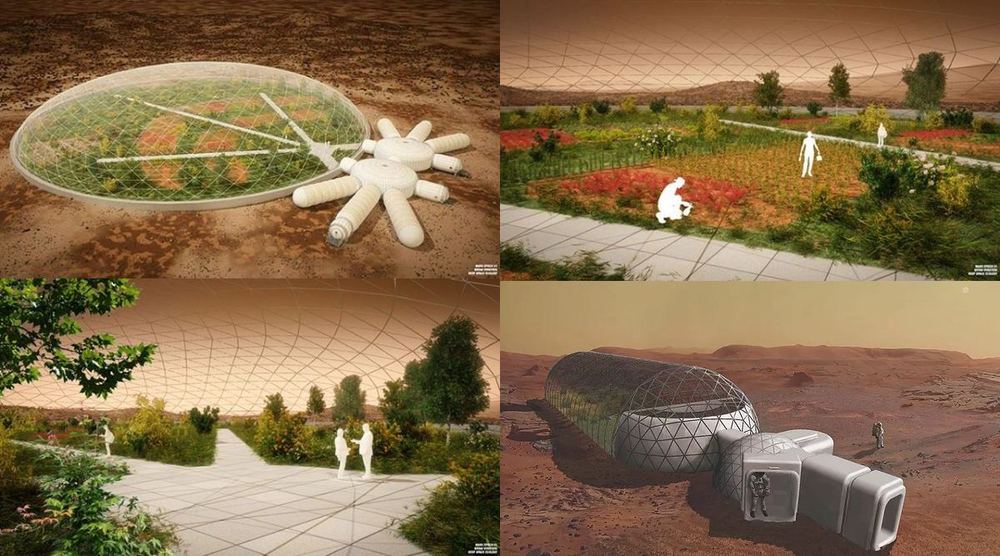Richard Branson, the thrill-seeking British billionaire, founded Virgin Galactic in 2004 on the promise that a privately developed spacecraft would make it possible for hundreds of people to become astronauts, no NASA training required. And if a 2,500-mile-per-hour ride to the edge of space sounded off-putting, Branson also pledged to take the journey himself before letting paying customers on board.
Branson is the only one among the group of the so-called space barons, the group of space-loving billionaires that includes Elon Musk and Jeff Bezos, who has publicly pledged to take a ride in the near future aboard a spacecraft he has bankrolled.
Bezos’ company, Blue Origin, is working on a competing suborbital space tourism rocket. Musk’s SpaceX, however, is focused on transporting astronauts and perhaps one day tourists on days-long missions to Earth’s orbit.

